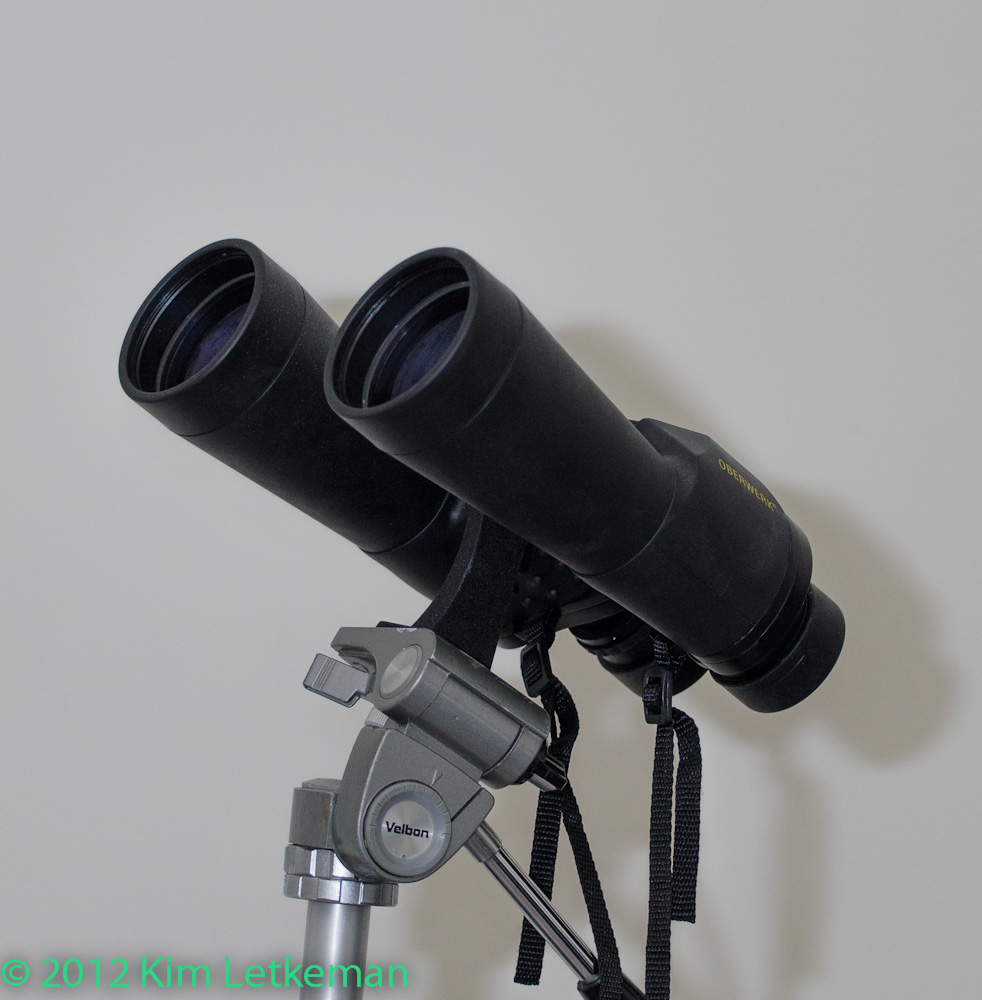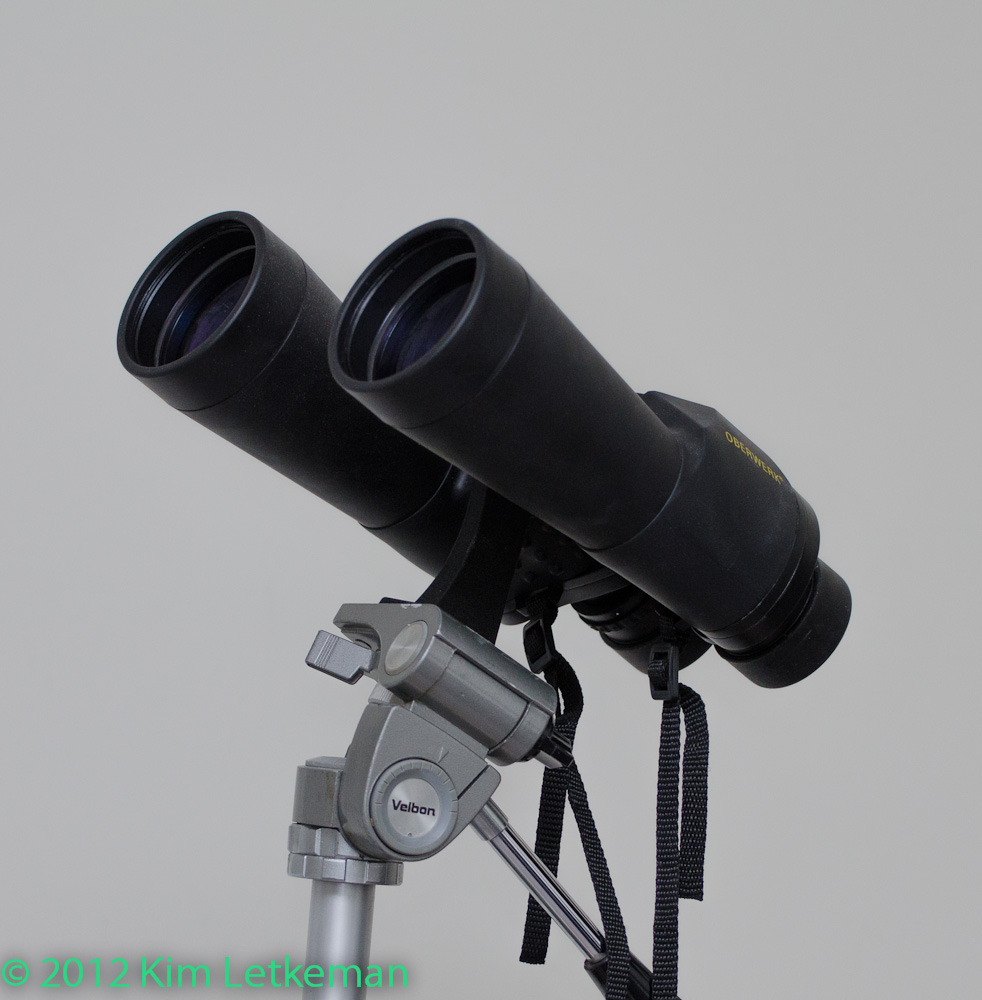I stumbled into this article after reading a discussion between Nightwings and Graystar on one of the Nikon forums at DPReview.com. I’d seen similar information before, at planetneil.com, a great site for wedding photography with bounced flash. To say that he is good is to understate the matter considerably.
Anyway, I was trying to confirm the results of the discussion, which were that a Nikon flash on a Nikon dSLR generally will expose perfectly because it has access to distance information, but can be fooled into exposing less perfectly in matrix metering mode when the background is very light or very dark. I.e. the meter gets fooled because distance information can no longer control the subject. And while shooting, I started bouncing the flash around the room and thought it might make for an interesting comparison.
Which I think it does.
So here is the setup … a subject standing a few feet in front of a wall. If you shoot the flash directly, there will be shadows. Most people consider shadows from direct flash an abomination. I am one of them. So most people start bouncing the flash. But all is not quite roses, since some bounced modes and some diffusers throw forward light. This can leave shadows in play anyway.
So … following are 6 images with annotation. Hopefully, you might find them enlightening.
Direct Built-In Flash
The D7000 has a decent built-in flash and it makes perfect exposures in TTL mode. But it also create wickedly ugly shadows straight down from the subject. With people, you might get lucky in landscape orientation, but portrait orientation is an absolute nightmare.
This was shot in landscape orientation, as were all of these. There are shadows everywhere and they are very well defined. The closer the subject is to the background, the worse the problem gets.
All of these shots include no ambient light as the shutter speed is 1/250s and the aperture f/4.5 in a dark room with only one light 15 feet away.
direct off-board SB-600 with diffuser
Here, I hold the SB600 pointed straight at the binoculars. The flash is at left of camera and slightly below.
You can see that the shadows are more distant from the subject, since the flash was shot from an angle instead of straight on. There is certainly a better feel for the dimensions of the subject and a more diffused shadow edge, this being the result of diffusion.
Bounced off of ceiling straight up
I then simply tilted the flash upwards to bounce from the ceiling. The diffuser is still on, though, and therefore a great deal of diffused light went forward.
The light is better diffused as the light that bounced from the ceiling can reduce the effect of the shadows somewhat. Highlights inside the lens barrel have been reduced, as has the direct light on the tripod center column. This is much better light overall, but the effect of the flash shadows still causes issues.
I almost prefer the previous image, though, as the shadows are far away from the subject, but there are real issues with firing a light upwards at a face. You get really nasty shadows from any protruding bump – nose, lips, eyebrows, a zit … all of it causes issue.
Bounced off of ceiling straight up – No diffuser
Once the diffuser is removed, bouncing no longer throws light forward. This really changes the game. A really nice, soft light comes from above, much like the light on an overcast day – i.e. a large surface of diffuse light that creates very soft shadows.
How do you like them apples?
There is enough light bouncing around the room to really define the curved surfaces, so I declare this the best by far.
From here, we’ll experiment with bouncing from different surfaces. These last two also have no diffuser. All the light on the subject has bounced.
bounced off of wall at left
Now this one is interesting. The direction of the light has again eliminated all shadows. But now we see light hitting surfaces that are not facing us, giving considerable definition to the subject’s different planes. To us, the left side of the subject is bathed in light and really helps define it. I think this is actually better than the one bounced from above.
bounced off of wall-ceiling behind camera
Here, I simply raised the flash over my shoulder and hit the wall and ceiling behind me. This bounced the light across the ceiling, which eventually found its way to the subject.
I think the main difference from the ceiling bounce is the improvement in the surfaces facing the ceiling / wall join behind me. This adds somewhat to the subtle dimensionality in my eyes. I prefer this one over the ceiling bounce by a little bit.
conclusion
The message to take from this is that you really want to try to bounce your flash when you have the option. A diffuser on a flash is way better than no diffuser on a flash, but when you are bouncing the diffuser adds an unwelcome direct component, so you are generally better off without the diffuser.
Try this out … the flash does not have to be off-board by the way. It works just as well in the shoe. Possibly slightly better, as distance info can be factored in.





